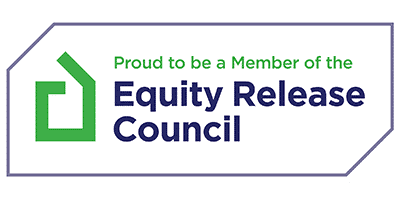Mortgage Advice in York
Before we delve into the events that took place in the 2007/08 “Credit Crunch”, we need to look back at the past with the years leading up to this. In the 1970s and ’80s, if a first time buyer in York took out a mortgage, there was a chance that this process was undertaken via a building society. This may be a surprise to you, however, high street banks do not always offer their customers mortgages!
In order to confirm whether you were eligible for a mortgage or not. you would book an appointment with the building society manager and speak with them. Furthermore, customers would likely take out savings accounts with the building society. From this, the building society would then utilise these savings to lend to their other customers. The interest rate would be higher for borrowers compared to the rate they were paying to savers as a way for them to turn a profit.
When the banks began getting involved with mortgage lending, they drifted away from that older model. Alternatively, they decided to ‘buy’ the money from markets as a way to accelerate the rate at which they could lend money to their customers.
Mortgages in the noughties
Fast forward to the mid-2000s, many new specialist lenders were working within the mortgage market. The majority of these originated from North America. Their process would work by selling their book of mortgage customers as a way to rise new funds and carry on the cycle of lending.
This strategy was known as securitisation. The types of investors that buy these books were larger in situations like pension funds and other high street banks.
At the time, the market was thriving and these mortgage lenders were making a larger amount of money. With this, new lenders took the opportunity of introducing more related lending criteria. Customers with poor credit history were accepted and self-certifying was allowed. None of these situations had anything to do with their business, or so they thought at the time…
Apparent Problems in the Market
As you may have guessed, these mortgages began to default. Many well-known banks lost their confidence in each other due to how exposed they were to the falling mortgage market.
Within a short period, the once sustainable banks’ share prices had quickly fallen. A small number of these were bailed out by the UK Government (in particular, the taxpayer) as a way to keep them going. This wasn’t the case for all of them, however, with many staying afloat.
Throughout ‘The Great Recession’, approximately 80 different banks, building societies and lenders around the world, in 20 different countries, filed for bankruptcy or were acquired.
Due to this catastrophic economic disaster, lending soon dried up. It caused property prices to drop by a significant amount and everyone lost confidence in the UK economy. As a result of this, it took nearly a decade for the market to be in a safe position where it can function once again.
Economic recovery
This was an event that no one wanted to occur again, especially the UK Government. Investigations took place in the hopes of finding out what exactly happened and where it all went wrong. Collating all the findings and studies resulted in the creation of the ‘Mortgage Market Review of 2014’ that set off the change.
At this point, self-cert mortgages were banned. The most significant change from this event was that lenders were now solely responsible for the customers who could afford their mortgage payments.
It is now the lender’s job to carry out a thorough investigation into customers’ incomes and outings with more detailed lending criteria. They were looking further into credit commitments, childcare along with other outgoings to have a full understanding of whether a customer was able to afford their mortgage repayments consistently.
These days, it is a lot hard to get a mortgage compared to back in the day, however, this is the best for industry, the economy and homeowners nationally. Furthermore, it does evolve customers to be more organised with paperwork so they can prove their finances and show they are in a serious position by lenders and home sellers.
In the run-up to the Credit Crunch, there were lots of mistakes made. This is why we hope the industry learned a lesson this time and has put plans in place to reduce the risk of this happening again.
Date Last Edited: December 13, 2024













